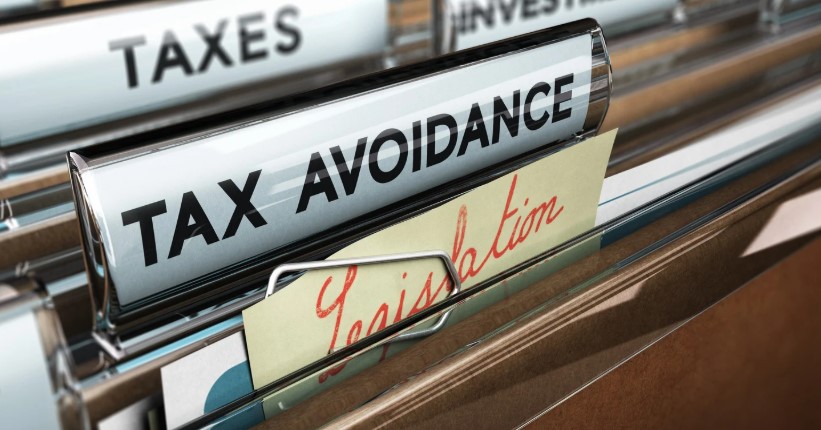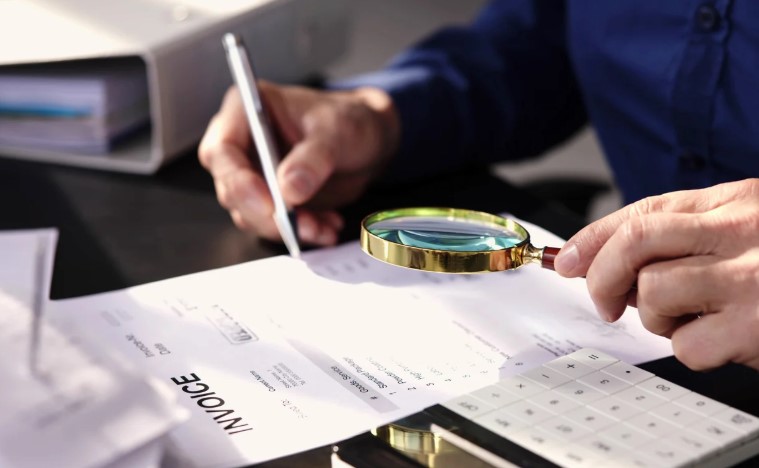Why I Started Planning My Pension Withdrawals Strategically
When I first started drawing my pension, I thought it would be a straightforward process — get my money, enjoy retirement, and relax.
But the reality was more complicated. I quickly learned that if I wasn’t careful, I could lose a significant chunk of my retirement income to tax. So I questioned how to avoid paying tax on your pension.
After some digging and a few conversations with financial advisors, I realised that how I withdrew my pension could affect my tax bill just as much as how much I withdrew.
That was a wake-up call — and it set me on a journey to make my pension income as tax-efficient as possible.
What Income Is Tax-Free in Retirement?
If you’re anything like me, you’ve probably asked yourself: “Is any of this pension income tax-free?” The answer is yes — but only if you know how to navigate the rules.
Here’s what I discovered:
- The personal allowance (currently £12,570 in the UK) allows you to earn that amount tax-free each tax year.
- 25% of your pension pot can usually be taken as a tax-free lump sum.
- Withdrawals from ISAs don’t count towards your taxable income — a powerful tool I didn’t appreciate early on.
- The state pension even at 66, however, is taxable, even though no tax is deducted before it hits your account.
By combining these elements wisely, I started to build a strategy that let me keep more of what I’d saved.

How I Use ISAs to Reduce My Taxable Income?
One of the most effective strategies I’ve used is blending income from my pension and ISAs.
Since ISA withdrawals are completely tax-free, I started withdrawing from my ISA first to avoid bumping myself into a higher tax band when I drew my pension.
Here’s a quick comparison that helped me make better decisions:
Table: ISA vs Pension Withdrawals
| Feature | ISA Withdrawals | Pension Withdrawals |
| Tax Status | Always tax-free | Taxed after 25% tax-free |
| Age Access | 18+ | 55+ (57 from 2028) |
| Flexibility | High | Moderate to High |
| Impact on Tax Band | None | Adds to taxable income |
Using ISAs gave me breathing room in retirement, letting me delay pension withdrawals and reduce my exposure to tax.
How to Avoid Paying Tax on Your Pension? — My Personal Strategy
This is the part that changed my financial life. After researching and testing different approaches, here’s how I personally avoid paying unnecessary tax on my pension:
- I never withdraw more than I need. The more I pull out in a single year, the higher the chance I’ll cross into a higher tax band.
- I take advantage of the 25% tax-free portion of my pension first. I phased this in gradually rather than in one lump sum.
- I plan withdrawals based on the tax year. This way, I stay within my personal allowance or basic rate band whenever possible.
- I use drawdown instead of annuities. This gives me more flexibility to control my income.
By layering these techniques, I’ve managed to keep my effective tax rate on pension income incredibly low — and in some years, even at zero.
Can Delaying My Pension Reduce My Tax Liability?
Yes — and that’s another approach I used successfully. I decided to defer my state pension for about 18 months.
Not only did it increase the amount I’ll eventually receive, but it also kept my total income lower in the short term, which helped reduce my tax exposure.
In that time, I leaned on ISA withdrawals and savings. This gave me room to breathe and plan my pension withdrawals more carefully without worrying about sudden tax jumps.

Making the Most of Annual Allowance and Tax Relief
In addition to how I withdraw money, I also looked into how I was putting money into my pension.
I realised I wasn’t maxing out my annual pension allowance (£60,000 at the time of writing) — nor was I taking advantage of the carry forward rules from previous years.
- Contributions benefit from tax relief up to certain limits
- Employer contributions also count toward the annual allowance
- Unused allowance from the past three years can be used — which I did to catch up quickly
This helped reduce my tax bill in the years I was still working part-time and preparing for full retirement.
Checklist: The Tax-Free Pension Tactics I Follow
Here’s a simple list of strategies I used — and continue to use — to avoid overpaying tax on my pension:
- Took the 25% tax-free lump sum gradually, not all at once
- Stayed within the personal allowance where possible
- Used ISAs for supplemental income to avoid higher bands
- Delayed pension withdrawals during high-income years
- Reviewed my retirement income plan every year with an advisor
These small adjustments added up to a huge reduction in tax liability over time.
Conclusion: Be Proactive — Not Reactive — with Pension Tax
If I’ve learned one thing about retirement planning, it’s this: being proactive saves money.
By structuring my pension withdrawals carefully as this guide on how to avoid paying tax on your pension, blending tax-free sources like ISAs, and using all the available allowances, I’ve managed to protect my income from unnecessary tax.
Planning ahead — and reviewing things each year — has given me more financial peace of mind than I ever expected.
If you’re approaching retirement or already there, now’s the time to act. Review your options, check your tax brackets, and if needed, speak with a qualified financial advisor.
Your pension is yours — don’t let unnecessary taxes take more than they need to.
FAQs On How to Avoid Paying Tax on Your Pension
1. Is the state pension taxable?
Yes — while it’s paid without deductions, it counts toward your taxable income.
2. Can I take my pension early to avoid tax?
You can access most pensions from age 55 (rising to 57 in 2028), but early withdrawals might still push you into higher tax brackets depending on the amount and your other income.
3. What happens if I work part-time after retirement?
Your job income gets added to your pension income and taxed based on the combined total, so be careful not to cross tax bands unknowingly.

Leave a Reply